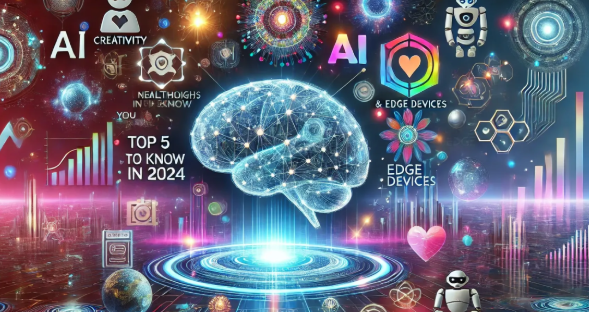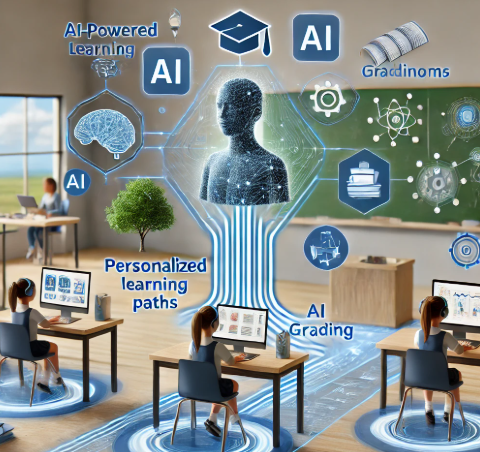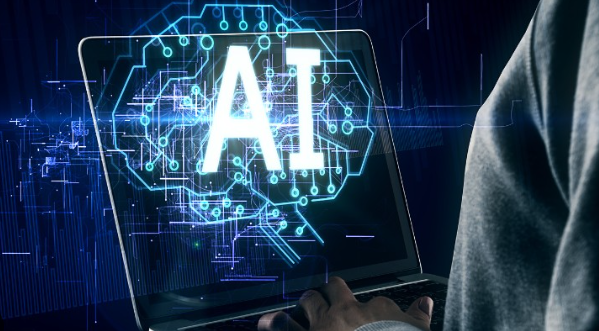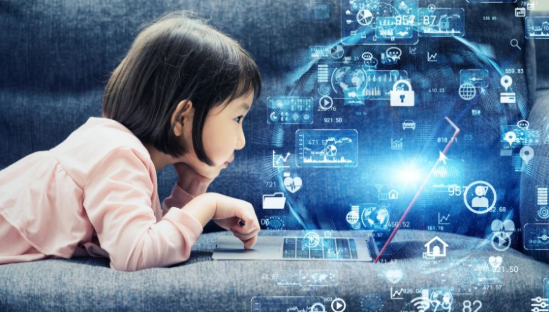Artificial Intelligence (AI) is driving revolutionary changes in education, transforming traditional teaching and learning methods. Several recent breakthroughs are reshaping how educators engage with students and how learners absorb knowledge.
1. Adaptive Learning Platforms
One of the most significant breakthroughs is the development of adaptive learning systems.
These platforms use AI algorithms to analyze student performance and tailor content accordingly.
By adjusting difficulty levels, offering personalized resources, and identifying gaps, adaptive learning improves individual student outcomes.
2. AI-Powered Virtual Tutors
Virtual tutors powered by AI are now capable of providing round-the-clock assistance to students.
Unlike traditional tutoring, these AI tutors can instantly respond to queries, explain complex concepts, and provide practice exercises tailored to each learner’s needs.
This breakthrough is expanding access to quality tutoring beyond physical classrooms.
3. Automated Grading and Feedback
AI-driven grading systems can quickly assess student assignments, quizzes, and exams.
More importantly, these systems offer detailed, instant feedback that helps students understand their mistakes and improve.
This breakthrough reduces teachers’ workload and speeds up the learning cycle.
4. Natural Language Processing (NLP) for Language Learning
Advances in NLP have enabled AI to better understand and generate human language.
This has led to more effective language learning applications that provide real-time pronunciation correction, grammar feedback, and conversation practice.
Such tools are revolutionizing foreign language education.
5. Enhanced Accessibility Tools
Breakthroughs in AI have also led to improved accessibility features, such as speech-to-text, text-to-speech, and translation services.
These tools assist students with disabilities or language barriers, ensuring more inclusive learning environments.
6. Predictive Analytics for Student Success
AI systems now use predictive analytics to identify students at risk of falling behind or dropping out.
By analyzing patterns in attendance, grades, and engagement, educators can intervene early with targeted support.
This breakthrough helps improve retention and academic achievement.
7. Immersive Learning with AI and AR/VR
Combining AI with augmented and virtual reality is creating immersive educational experiences.
Students can explore complex subjects through interactive 3D models and simulations, enhancing understanding and engagement.
This innovation is especially valuable in STEM education.
Conclusion
Breakthroughs in AI are revolutionizing education by making learning more personalized, accessible, and effective.
As these technologies continue to evolve, they hold great promise for shaping the future of education worldwide.







Leave feedback about this